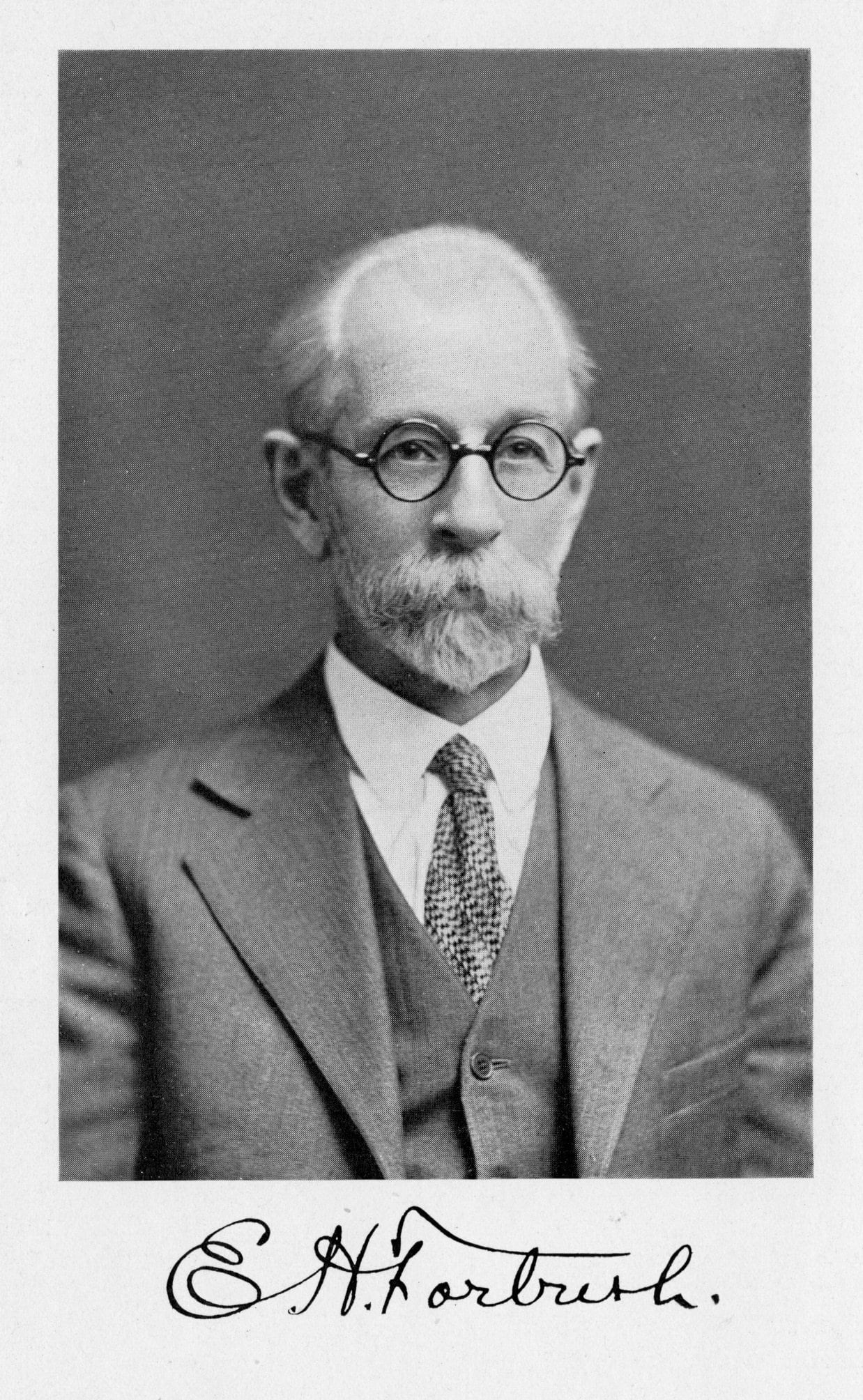
WESTBOROUGH – Flashes of scarlet, bright blue, yellow, orange and black—the feathers on century-old birds still fascinate the curious en route to the Westborough Public Library’s Children’s Room.
How did these mounted birds get into the display case? Who preserved and arranged them so artfully on branches? It was 18-year-old Edward Howe Forbush, who later became the first Massachusetts state ornithologist, and a pioneer conservationist. He was also the much-acclaimed author of the three-volume set “Birds of Massachusetts and Other New England States.”
Edward Howe Forbush’s family in Westborough dates to Capt. Samuel Forbush, an original settler who built the Forbush Tavern (1699), the first in Westborough. This tavern along the Boston-Worcester Turnpike was the site of the first town meetings. In his later career, Edward Howe Forbush returned to live at 9 Church Street in Westborough.
Born in 1858 in Quincy, Forbush spent his childhood roaming the wilds of West Roxbury and Worcester. The woods and fields were his classroom where he carefully noted birds’ appearance, song, and behavior. The study of birds became his passion―and his lifelong career.
A self-taught prodigy, Edward Forbush at age 14 learned the skilled art of taxidermy, then the main means of scientific study in museums. The young naturalist joined the Worcester Society of Natural Science and at 16 became the curator of ornithology of its museum. In 1877 at 18, Forbush became the president of Worcester Society of Natural Science.
Scientific field trips to collect and preserve strange birds in 1886 and 1888 brought the young adventurer from the swamps of Florida to Alaska and Canada. In British Columbia, he discovered a sparrow unknown to science that became known as Forbush’s sparrow.
As he matured, Forbush realized that hunting and stuffing birds for scientific study was not the compassionate way to learn from nature. Forbush noted that, “Life, not death, would solve all riddles…it is more essential to preserve the living than the dead.”
Forbush was an early champion of the conservationist movement. In 1885 he founded one of the first summer nature camps in the country on the shores of Lake Quinsigamond. He ardently supported the development of the National Audubon Society. Forbush was also a founder of the Mass Audubon Society in 1896 and served 12 years as its president from 1914 to 1925.
The Massachusetts State Board of Agriculture named Edward Forbush its state ornithologist to chair a major commission to study the suppression of the gypsy moth. His findings highlighted the vital role of birds in controlling pests that damaged crops.
Forbush was appointed the first official Massachusetts state ornithologist in 1909. In this role he produced compelling articles, books, and speeches on bird conservation. He also took a leading role in federal and state legislation to protect birds.
During this time Forbush wrote his most famous work, “Birds of Massachusetts and Other New England States,” with personal anecdotes and beautiful illustrations. This set, published in 1925, 1927, and 1929 by the Massachusetts Department of Agriculture, is still highly valued today.
The Massachusetts Department of Agriculture awarded Edward H. Forbush a gold medal for his outstanding work upon his retirement in 1928. Edward Forbush died on March 7, 1929 and is buried in Pine Grove Cemetery with his ancestors.
In his memory, the Federation of Bird Clubs of New England presented to the state 500 acres in the Berkshires. The Forbush Bird Club, created in 1931, still holds regional bird walks, especially on the Westborough Community Land Trust trails.
















